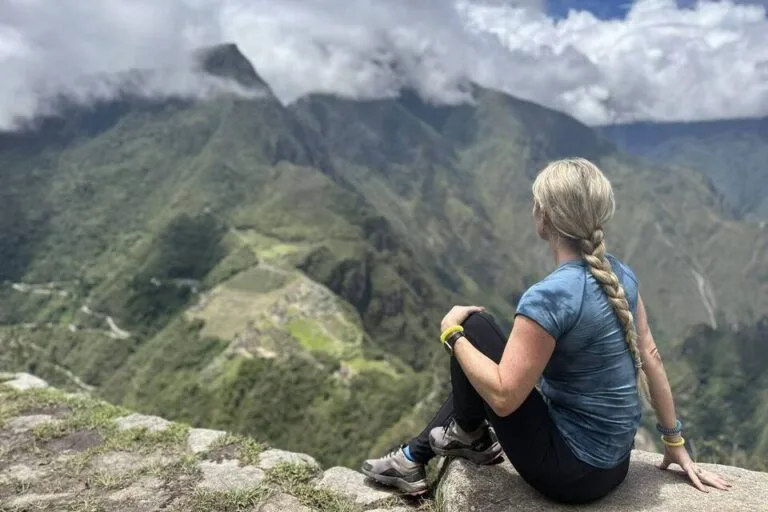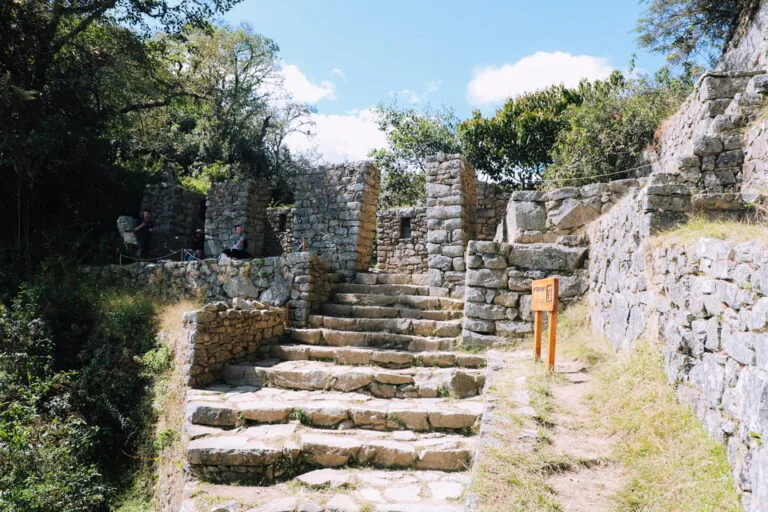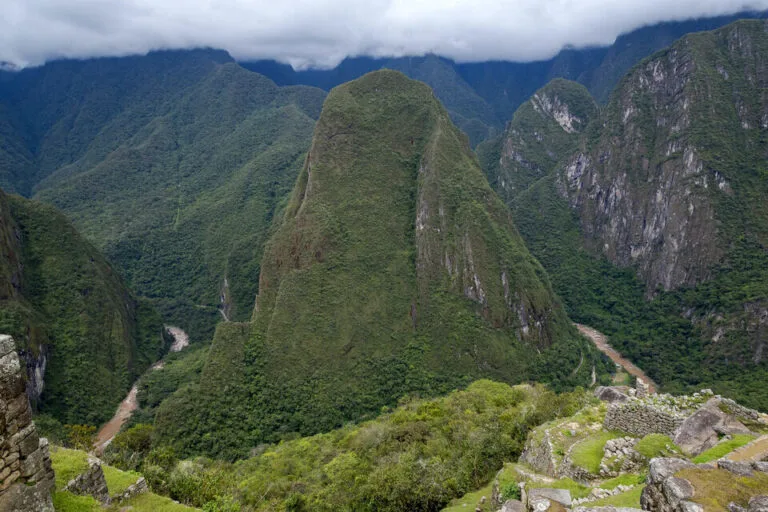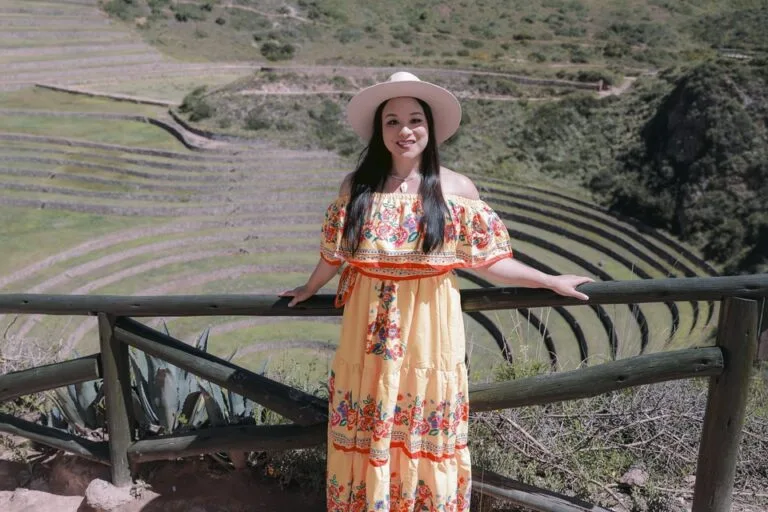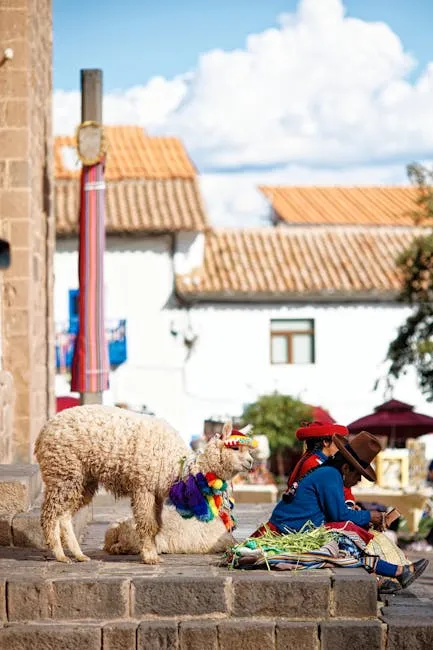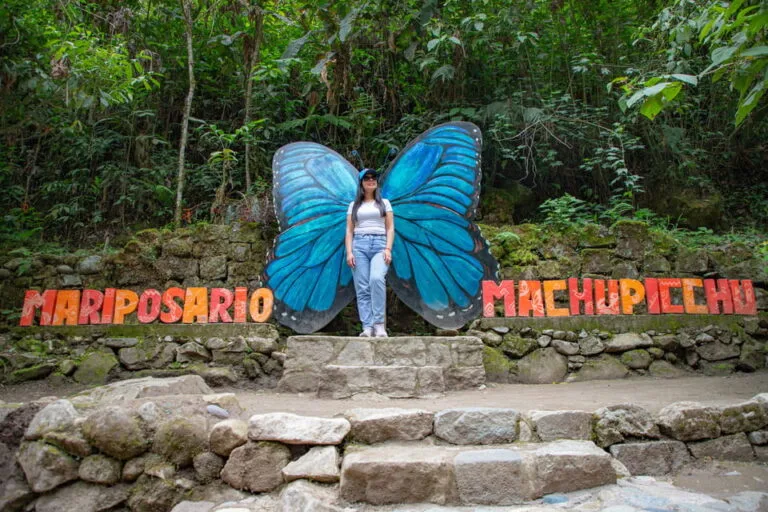The Maras salt pans are tucked away in the reddish hills of the Sacred Valley in southern Peru. This little Andean town is famous for its old salt terraces that local families still take care of. It's more than just something nice to look at; it’s a working center where traditional salt-making blends with the local way of life.
Maras: Where It Is and What It's Like
Maras is perched about 3,300 meters up, in the Urubamba province of the Cusco area. It’s close to other cool places, like Moray’s farming terraces, which are just seven kilometers away. This puts it on a popular path for folks checking out the Sacred Valley. The land here is all steep hills with narrow streams, bright white salt pools, and views stretching to snow-capped mountains like Chicón and Veronica.
The town itself is pretty quiet, with adobe houses and small family shops with colonial-style fronts. Though tourism has changed some things, a lot of farming life goes on as usual. Fields of barley and quinoa are around the town, and you often see sheep or llamas on paths leading to the salt pans. The weather shifts between dry spells (May to September) with cold nights and clear skies, and rainy months (November to March) that can make roads muddy but turn the landscape a brilliant green.
The Maras Salt Pans: How They Came to Be
People think the Maras salt pans—or salineras—have been around since before the Incas, but they got their current look during the Inca times. Stories from both archaeology and local families say these terraces were a community resource long before the Spanish came. The salt comes from an underground spring that's high in sodium chloride. This water flows into lots of shallow pools carved into the hillside.
Each pool is about three to five meters wide and around thirty centimeters deep. They’re bordered with compacted clay and stone, a method that’s stuck around because it doesn’t leak in this dry place. The pans are owned by families who pass them down through generations. During dry spells, workers open little gates to let the salty water flow into pools until they’re full. The sun evaporates the water in days or weeks, leaving thick salt that’s scraped up by hand with wooden or metal tools.
Community and Culture at Maras
At Maras, salt production is mostly a group effort. To work a salt pan, you’ve got to live in Maras, and that’s still true even if some owners rent out their plots now. Families work together at the start of each season to clean canals, fix walls washed away by rain, and help with bigger repairs.
Sharing resources extends to building new things or community facilities. Deciding who gets water, especially during dry times, is handled by an elected committee of pan owners. This mix of personal ownership and shared duties is common not just in Maras but in other Andean communities too.
Salt from Maras is more than just a product; it’s part of local ceremonies for planting or harvesting. Small bags of ‘sal de Maras’ are sometimes used as offerings at rural altars (apachetas), showing how Andean beliefs about nature’s balance still hold.
How They Get the Salt: Old and New Ways
Even with some small new changes, Maras mainly sticks to old ways for making salt. They let the water evaporate under sun and wind, which can take from one to three weeks depending on the weather. Workers then use simple tools like wooden boards or metal spatulas to gather the salt.
The first layer has coarse grains mixed with things like magnesium or potassium, giving ‘sal de Maras’ its unique taste that Peruvian chefs talk about. Some families wash or grind this raw salt to make it finer for packaging. Though electric pumps have popped up in a few places to help move spring water in dry spells, most of the work still relies on gravity-fed canals that have been there for centuries.
Regular cleaning of mineral buildup in the channels is needed to keep water flowing well across the many terraced pools.
Farming and Economic Life
The economy in Maras mixes farming with traditional salt-making. Families grow crops like potatoes (especially native kinds), wheat, barley, broad beans (habas), and corn on terraces around the town or on nearby slopes that lead down to the Urubamba river plain.
The year is split between planting/harvesting times (October to April) and salt-making periods (mainly May to August). Some locals earn extra money by raising animals—like sheep for wool or meat—and more recently through tourism, like guiding or selling crafts.
Salt is sold locally in markets in Cusco and smaller towns, and across the country by distributors who like Maras’ artisanal name over the factory-made salts found elsewhere in Peru. The growing demand for gourmet salts in fancy cooking has also pushed some groups to try new packaging that highlights its unique features.
History: From Ancient Times to Now
There’s no exact date when Maras was started, but it seems like people were using the salt springs here at least a few centuries before the Incas moved into the area around the 1400s CE. Archaeological digs show people have lived in the area of Maras since late pre-Columbian times.
The Incas set up community systems for both farm terraces (like those at nearby Moray) and resources like salt pans, tying these into bigger regional networks called ‘ceques’ that spread out from Cusco.
After the Spanish took over in the 16th century, control over Maras changed hands a lot but mostly stayed with locals. Colonial land titles sometimes recognized traditional claims as long as villagers paid tribute.
Over the years, this helped the people of Maras keep their community ways going, even with outside challenges—from government reforms in mid-20th-century Peru to the more recent tourism waves.
Plants and Animals Around Maras
The salty area around Maras' pans creates spots for special plants that can handle lots of minerals—notably certain tough grasses and shrubs near the evaporation ponds.
Local farmers sometimes see birds like Andean lapwings or ground doves foraging in the scrubby areas near fields or water channels. Amphibians aren’t common because there’s not much fresh water close to the salt springs, but insects that like mineral-rich soils show up here in certain seasons.
Certain plants like ‘muña’ (Minthostachys mollis), used for teas, grow on drier slopes nearby but not right next to the salty pools where non-native crops need special care to thrive.
Tourism: Opportunities and Challenges
Maras now sees thousands of visitors every year, mostly for guided walks around the salt flats—often paired with visits to Moray or the market at Pisac further down the valley.
Tourist facilities have improved since the roads were paved in recent decades, but this also brought new challenges along with the chance to earn extra money.
Some families rent out their parking spaces or run kiosks selling flavored salts made right there; others join groups offering tours led by locals who know the area’s history.
During busy times (June to August), the daily crowd can overwhelm waste systems not built for so many people; community talks are ongoing about how to balance visitor numbers with the need to preserve the site.
Walking among the active pools isn’t allowed anymore: visitors are guided along wooden platforms to see the sights without damaging the delicate canal walls—a policy set up with help from cultural officials in Cusco.
For those wanting something deeper than just photos, talking directly with pan owners about the knowledge passed down through generations offers a glimpse into the living heritage beyond the surface beauty.
Using Maras Salt in Cooking
Sal de Maras is a staple in kitchens across southern Peru not just for its taste, but also because it’s seen as purer compared to refined salts from elsewhere.
It’s commonly used for seasoning dishes like boiled potatoes (‘papa sancochada’ at roadside stands), corn dishes like choclo con queso, grilled meats (anticuchos), or even desserts where its mineral notes add a nice touch.
Some cheese-makers in Cusco specifically use Maras salt for brining because its minerals affect how flavors develop differently than regular table salt—this is especially true for those using sheep’s milk from high-altitude pastures nearby.
Bags labeled ‘Sal Rosada de Maras’ sometimes show up in city supermarkets for tourists wanting souvenirs and local chefs trying out Peruvian fusion dishes.
Outside Peru, the demand is still small but growing; specialty stores in places like Lima or Arequipa sell small batches of Maras salt often alongside traditional spices like huacatay or ají amarillo paste.
It’s worth noting that bulk exports are small compared to larger producers worldwide; most of Maras salt is still part of a short supply chain that connects family plots directly with local buyers instead of big wholesale markets.
Keeping Maras Going: Challenges and Solutions
Keeping Maras' unique landscape involves dealing with environmental issues, like erosion from more foot traffic, and economic changes due to uneven tourism growth.
Every year, community meetings tackle things like fixing canals after heavy rains (especially during El Niño) and enforcing visitor rules made with local authorities.
Water rights are another hot topic: droughts mean careful sharing among pan owners, while efforts to improve infrastructure continue without messing up historical setups.
Debates about modernization—like using more electric pumps or digitizing sales—highlight the ongoing push and pull between trying new things and respecting old ways.
Outside groups, like NGOs, sometimes work on conservation projects focused on teaching younger folks both practical skills (like canal building) and environmental lessons for future caretakers.
Tips for Visiting Maras
To get to Maras from Cusco city center, it’s about 40 kilometers northwest by car—a trip that usually takes 1–1.5 hours depending on road conditions. Most people visit as part of a tour that includes other Sacred Valley spots, with tours leaving daily from Cusco’s Plaza de Armas or nearby towns like Urubamba or Ollantaytambo.
Entrance fees collected at checkpoints go directly towards local maintenance funds; tickets are usually available on-site without needing to buy them ahead of time, except during peak holidays.
Facilities include parking near main viewing areas (with basic restrooms) but not much shelter from the sun or rain, so comfy walking shoes are a good idea given the uneven stone paths throughout the terraces.
Public transport options are there but involve coordinating with colectivos (shared vans) that run off and on between major valley towns; private taxis give you more flexibility but cost more per person, especially outside regular hours.
Frequently Asked Questions
- Can you visit Maras without a tour?
Yes, you can visit Maras on your own by hiring a private taxi from Cusco or Urubamba. Public transport via colectivos goes between major towns but you’ll need to change vehicles along the way. Entrance tickets are available at the site. Walking distances inside the complex can be long, so plan accordingly if you’re going on your own. - What types of salt can you buy at Maras?
They sell coarse pinkish salt crystals in different sizes, finer grains (‘sal fina’) made locally, seasoning mixes with herbs like oregano, bath salts for external use, and sometimes blocks carved into shapes or kitchen tools. - Are there limits on walking inside the salt pans?
Yes, walking directly on the active salt pools is usually not allowed to keep visitors safe and protect the fragile setup. You have to stick to marked paths that lead to viewing points around the main terrace areas—you can take photos but not touch the salt. - How does the weather affect visiting hours?
The site is open year-round, but the rainy season (November to March) might cause temporary closures due to risks of flooding or trail erosion. During dry months, you get clearer views across the terraces, but the midday sun can be intense because of the high altitude. - Is sal de Maras safe for low-sodium diets?
Like all kinds of edible sodium chloride, sal de Maras should be used in moderation if you need to limit salt for health reasons. Its mineral content can vary a bit by batch but doesn’t lower the sodium level much compared to other salts.


